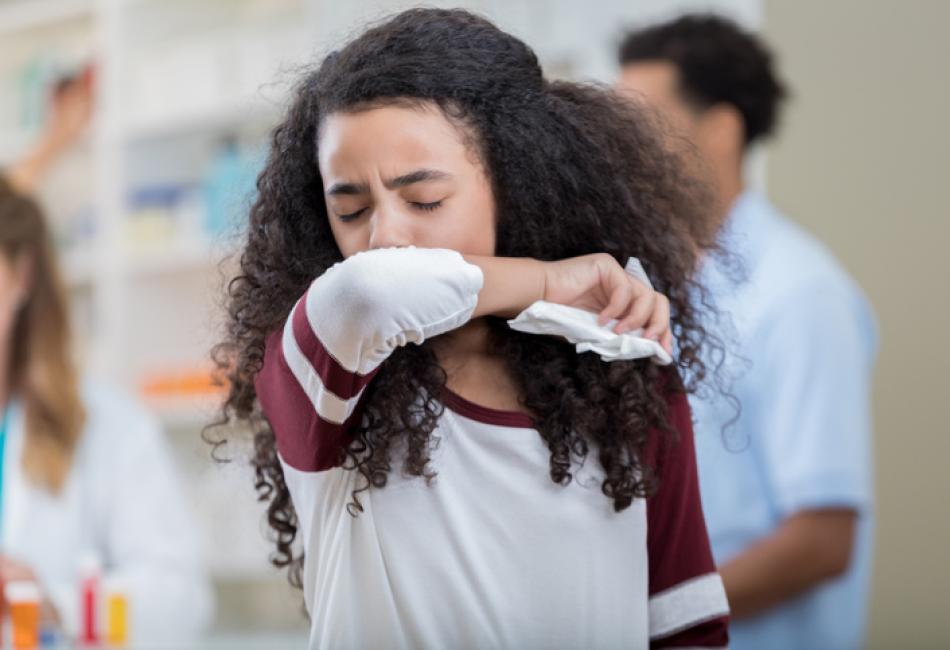Atypical pneumonia, also known as “walking pneumonia,” is an infection that has become increasingly common, and parents should be aware of its symptoms, prevention, and treatment. There has been a significant rise in cases nationwide—approximately seven times more than usual. This trend is not just a national concern, but we’re seeing it locally as well. Respiratory illnesses often peak in the fall and winter, and germs spread easily in crowded environments such as schools and daycare centers, making children especially vulnerable.
Why Are Atypical Pneumonia Cases Increasing?
The surge in atypical pneumonia cases can be partly attributed to several factors:
- Respiratory illnesses like RSV (Respiratory Syncytial Virus), flu, and COVID-19 weaken children’s immune systems.
- When children catch these viral infections, their bodies become more susceptible to bacterial infections, including pneumonia.
- Preventing viral illnesses, therefore, helps lower the risk of developing secondary infections like atypical pneumonia.
Understanding Atypical Pneumonia: What Parents Need to Know
Atypical pneumonia, commonly referred to as “walking pneumonia,” often causes milder symptoms than traditional pneumonia, but it still has the potential to impact your child’s daily life. These include:
- A persistent cough
- Fatigue
- Low-grade fever
Although these symptoms are often less severe, they can still make children feel unwell, leading to missed school days, disrupted routines, and a slower recovery process. The tricky part is that the initial symptoms of atypical pneumonia often resemble those of other common viral illnesses like colds, the flu, or COVID-19, which are all prevalent during the colder months.
In some cases, atypical pneumonia will resolve on its own, but it is treatable with common antibiotics, which can help speed up recovery and prevent complications.
How Parents Can Help Protect Their Children
Prevention is key when it comes to respiratory illnesses. Here are some everyday tips to help protect your children from atypical pneumonia and other respiratory infections:
- Teach proper handwashing: Encourage your child to wash their hands before meals and after public activities, especially during cold and flu season.
- Stay up to date on vaccinations: Ensure your child is vaccinated against flu and COVID-19, which can weaken the immune system and increase susceptibility to pneumonia.
- Encourage outdoor play: When possible, encourage your child to play outside to avoid crowded indoor spaces, where germs spread easily.
- Keep sick kids home: If your child is feeling unwell, keep them home to help prevent the spread of illness to others.
When to Seek Medical Attention
Although atypical pneumonia can be mild, there are key symptoms that parents should watch for to determine whether their child needs medical attention. Contact your child’s healthcare provider if any of the following occur:
- A cough lasting more than a week
- Persistent fever, fatigue, or difficulty breathing
- Rapid breathing or wheezing
If these symptoms are present, your child may need to be evaluated. In some cases, a swab, chest x-ray, or both may be used to confirm the diagnosis. However, it’s important to note that sometimes a doctor can treat the illness based on symptoms alone.
Taking Early Action
Early intervention is important when it comes to pneumonia. If you notice any of the symptoms listed above, contact your child’s healthcare provider as soon as possible. Early treatment with antibiotics can help your child recover more quickly and reduce the risk of complications, such as more severe pneumonia or other infections.


